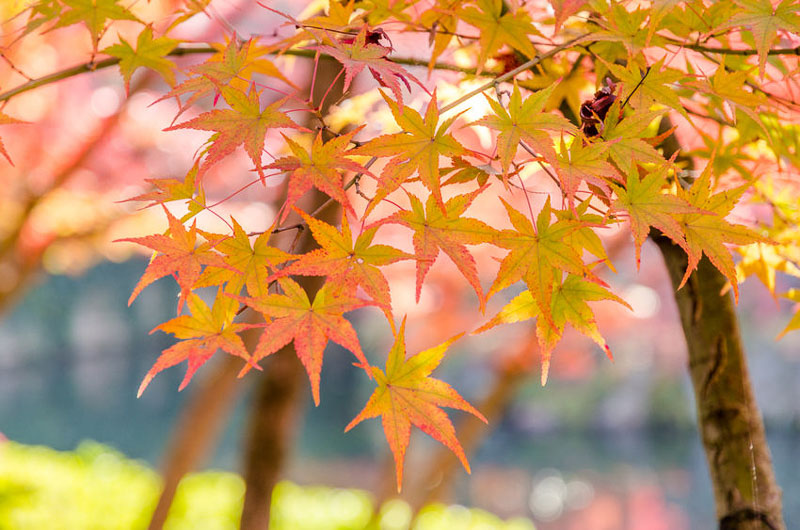Acer (Maple)
Acer, commonly known as Maple, is a genus of about 128 species of trees and shrubs in the family Sapindaceae, widely distributed across the Northern Hemisphere.
- Habit: Acer trees vary greatly in size, ranging from large, majestic trees that can reach over 100 feet to small, compact shrubs just a few feet tall. Maples are noted for their distinctive, usually palmate leaves that turn vibrant shades of yellow, orange, or red in the fall.
- Hardiness: The hardiness of Acer species varies, but most fall within USDA zones 3-9.
- Flowers: Maples produce small, often insignificant flowers in various shades, from yellow to red. The flowers are typically wind-pollinated, and some species are monoecious while others are dioecious.
- Uses: Acer trees are highly versatile and valued for both their ornamental and practical uses. Many species, such as Acer palmatum (Japanese maple), are popular in landscaping for their striking foliage and architectural form. Acer wood, particularly from species like sugar maple, is prized for its hardness and fine grain, making it a favorite for furniture, flooring, and musical instruments.
- Benefits: Maples offer many environmental benefits. They provide shade and habitat for wildlife. Certain species, like sugar maple, are tapped for their sap, which is boiled down to produce maple syrup.
In summary, Acer is a diverse genus, with species offering aesthetic, practical, and environmental benefits. Their vibrant fall color, attractive form, and versatile uses make them a favorite among gardeners, landscapers, and woodworkers alike.

